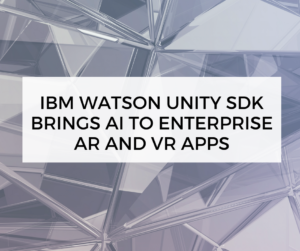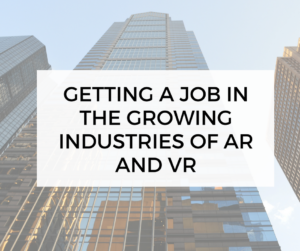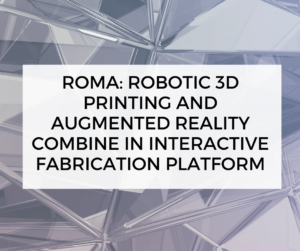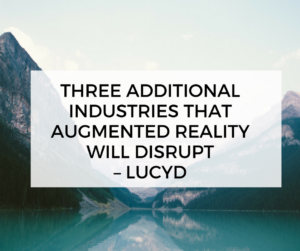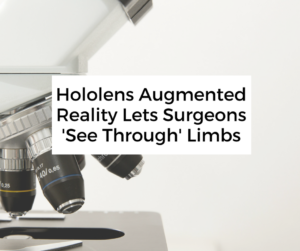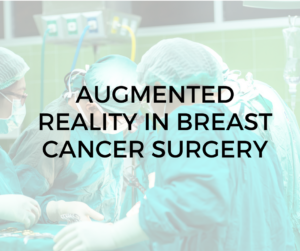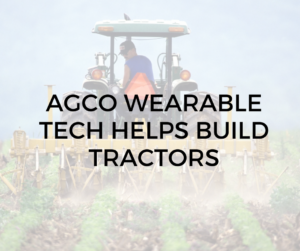LetinAR New Optic Technology to Breakthrough Limits of AR
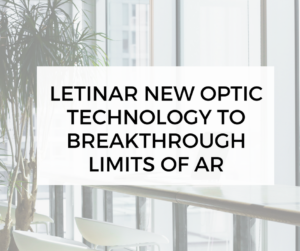
LetinAR Co Ltd, a tech startup company, attended Mobile World Congress (MWC) 2018 with Pin Mirror Augmented Reality technology, revealed a press release on BusinessWire.
Various AR glasses considered major candidates for next-generation wearables have been released over the past few years by huge companies such as Microsoft and Google. Difficulties of these for commercialisation include:
- Over-sized form factor and weight
- Cause of dizziness
- Limited resolution
These limits are still unresolved due to the complication of optical systems making mass production more difficult. LetinAR will challenge these problems at MWC 2018 by introducing novel optical technology.
Advantages of the technology are said to be:
LetinAR’s tech provides 70 degrees of Field of View (FOV), never previously attained in a regular sized pair of glasses.
FOV can be extended effectively by manufacturers by arranging more pin mirrors in a single lens. The Pin Mirror Lens projects a sharp image from a 25cm range, enabling the device to be used for lengths of time without dizziness.
The Super-Thin Pin Mirror Lens allows for it to be fitted with thinner devices compared to ones with light-guides and half-mirrors. The simple structure of injection molded plastic lenses allows for mass production and will also help advance the period toAR commercialisation.
LetinAR has introduced client companies, investment companies, and cooperative companies to developing next-generation lenses.

